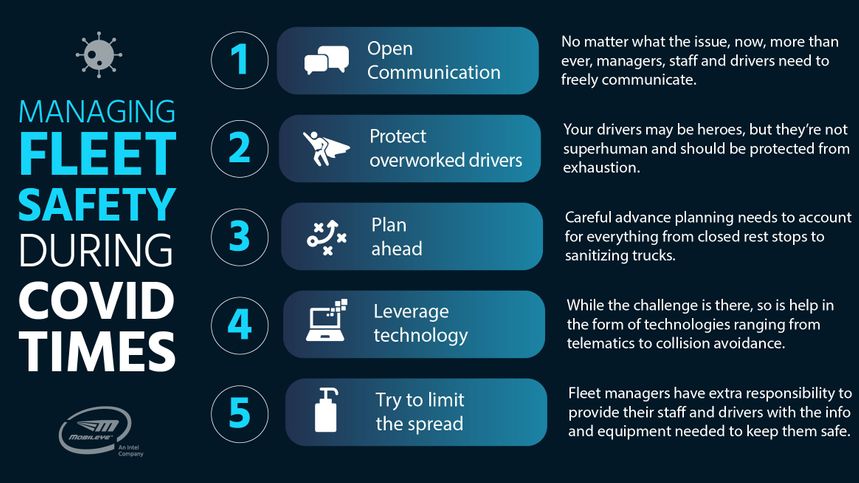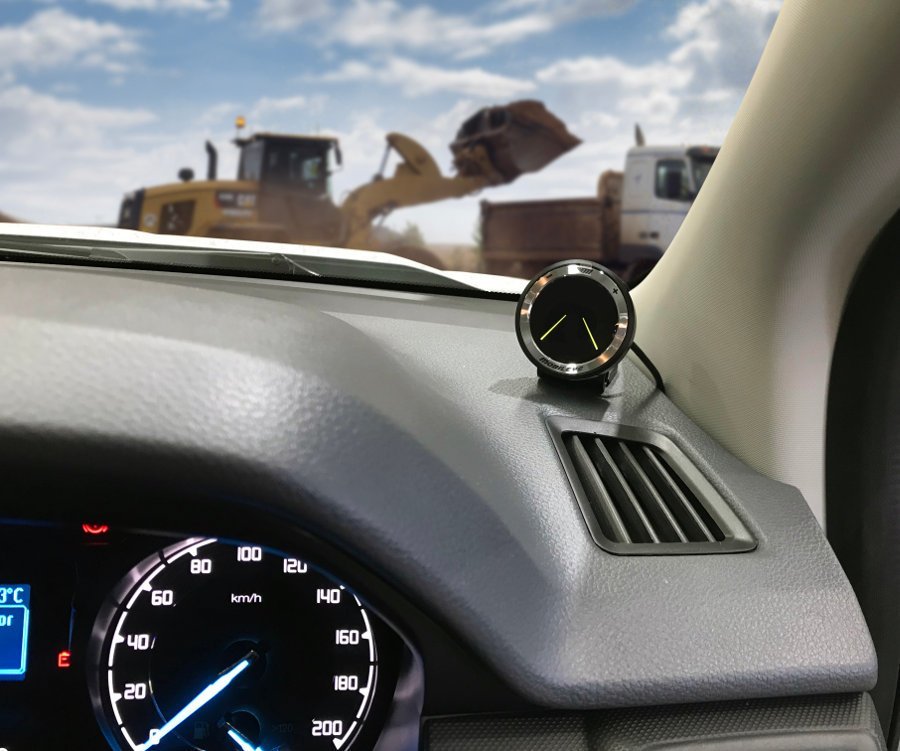
While collision avoidance systems have been on the market for years, and shown themselves effective at improving fleet safety, for many fleet managers they are a mysterious piece of tech under their vehicle’s bonnet. So let’s take a look at how our collision avoidance systems work.
The key behind Mobileye collision avoidance systems is that since humans drive using their vision, a computer, armed with a camera, can do the same – with the added benefit of never becoming bored, tired, distracted or impatient. Take, for example, a person who’s been driving down a highway for eight hours, how much concentration can they truly muster to keep a safe distance from the car ahead of them? For the collision avoidance system’s computer on the other hand, two hours, four hours or eight hours are all the same.
The tricky part, however, is getting the computer to “see” as a person sees and react appropriately. That’s where Mobileye’s rich history and wide acceptance in the market plays a significant role. For twenty years Mobileye has been developing the artificial intelligence (AI) necessary for a computer chip to tell the difference between a stopped vehicle and a moving vehicle or distinguish between you getting too close to the vehicle ahead or just being stuck in heavy traffic.
This level of learning takes years, and millions of kilometres to acquire. Mobileye’s AI has been developed over two decades and is based on more than 300 million kilometres’ worth of video footage. This footage is painstakingly analysed and used to train our AI. Is that a traffic sign or a pedestrian? Our AI has “seen” and been trained on enough footage to know the difference. All of this experience is burned into Mobileye’s EyeQ® chip, becoming part and parcel of our collision avoidance system.
And the future looks to be even more exciting. Mobileye’s next generation chips are designed to take advantage of information gathered from other next generation chips, crowdsourcing that information to other Mobileye-equipped vehicles. This will allow Mobileye collision avoidance systems to share information over the cloud about traffic and weather conditions in real-time. Another great advantage to this system, is that the information is sent automatically, with no human intervention, meaning your drivers can remain focused on the road.
This cloud-based AI will even be able to learn to adjust to weather conditions, for instance notifying the headway monitoring & warning that more stopping time is needed during rainy weather.
And these benefits aren’t limited to road and weather data. The AI will be able to implement smart ADAS, learning about driver behaviour and reacting appropriately. For instance, if a vehicle receives frequent lane departure warnings, the system can alert the driver that it may be time to pull over for a short rest.
So, while technology may seem a bit overwhelming at times, it also offers fleet managers an opportunity to make their fleets safer and more cost-effective.
Contact Mobileye for more information about how you can use Mobileye’s advanced AI to protect your fleet and drivers.




